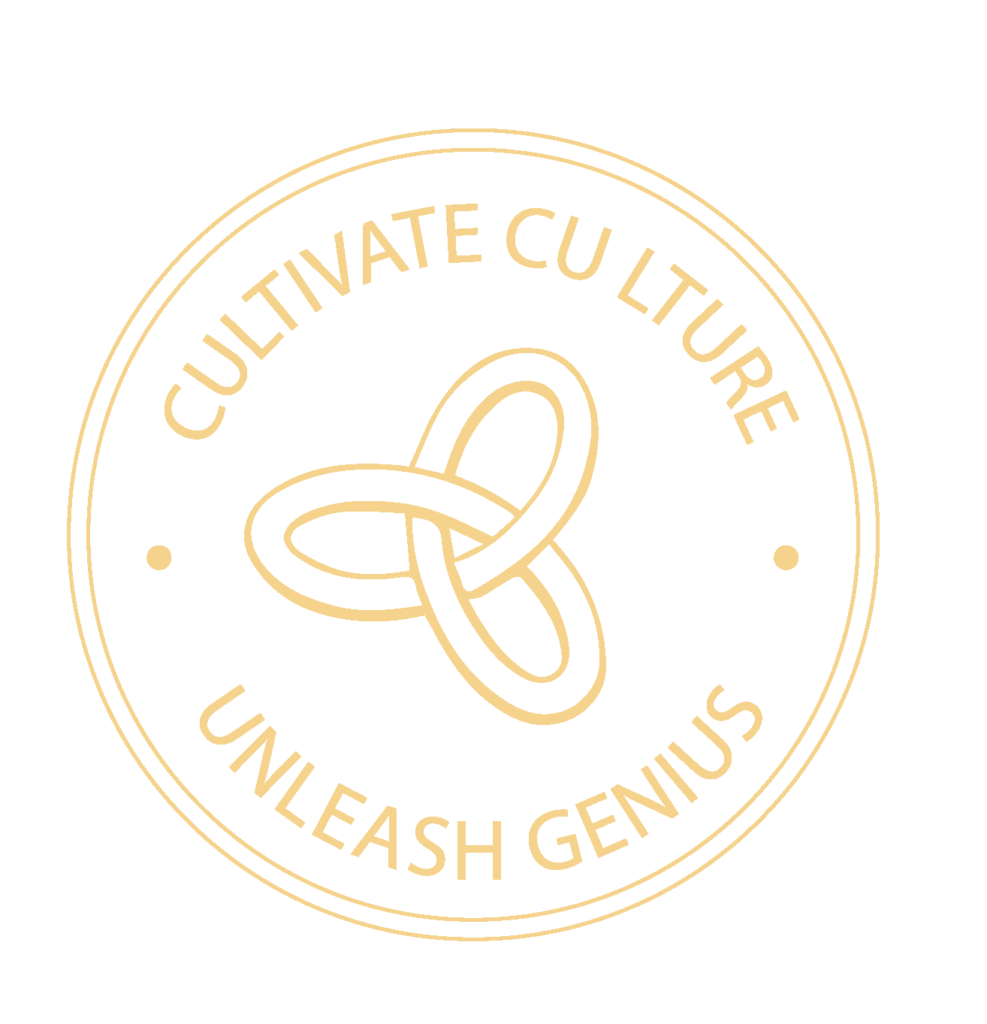Month Long Observances
American Heart Month
Heart disease is the leading cause of death in the United States. In February, we encourage individuals to learn more about heart health and start developing positive habits to manage risk factors such as cholesterol, blood pressure, diabetes, and more.
Observance Suggestion: Offer incentives and benefits for activities that will keep employees’ hearts healthy. Things like gym membership reimbursements, cholesterol tests, and healthy grocery delivery services can all play a part in keeping hearts healthy.
Black History Month
The history of Black Americans is marked with stories of resilience, triumph over adversity, and the relentless pursuit of justice and equality, despite centuries of systemic oppression and ongoing challenges. With the 2025 theme “African Americans and Labor,” there’s no better time for businesses to celebrate the contributions of Black employees and focus on advancing economic equality as an organization.
Observance Suggestion: Take a look at your list of supply vendors. Are there Black owners involved in your list of suppliers? Consider if there is room on your organization’s platform to uplift Black-owned businesses. Could you give them space to talk to your clientele? Could you encourage the people who work with you to also work with Black-owned businesses?
Calendar Dates
February 1 — National Freedom Day (same every year)
Citizens of the United States have many freedoms that should never be taken for granted. The freedom to vote, pray, work, and speak are all a part of what we celebrate today. National Freedom Day celebrates both the freedoms we currently enjoy and those we aspire to achieve, including the vital right to express dissatisfaction with the status quo.
Celebration Suggestions: Host a roundtable discussion about the freedoms people in your organization value. Chances are, employees will define freedom in various ways. Hearing what each person prioritizes will help to create a culture where those freedoms are valued and respected.
February 4 — Rosa Parks Day (same every year)
Celebrated in conjunction with her birthday, this day honors the legacy of Rosa Parks, a pivotal figure in the Civil Rights Movement. Her unwavering commitment to justice continues to inspire, particularly for those advancing modern civil rights efforts nationwide. Today, many communities commemorate her contributions through service-based events and commemorations, recognizing not only her famous act of defiance on the bus but also her broader dedication to achieving equality.
Celebration Suggestion: Support a day of advocacy for Civil Rights in the spirit of Rosa Parks. (Note: Some states recognize December 1st, the anniversary of her famous protest, as Rosa Parks Day.)
February 11 — Safer Internet Day
The internet is an amazing resource. We can learn almost anything with a simple Google search. We can connect with faraway friends and family. We can shop, play games, and catch up on our favorite television shows. But with the rise of dubious AI-generated content, misinformation, phishing schemes, hackers, and catfish, it can also be a dangerous tool. As the world wide web continues to evolve, Safer Internet Day encourages individuals to learn more how to protect themselves online.
Observance Suggestion: Bring in an internet safety expert to lead a workshop for your team and stay ahead of the changing digital landscape. Take time to explore how technology is being used for both positive and negative purposes, while uncovering the tactics used by malicious individuals to mislead or steal information that could put you at risk.
February 14 — Frederick Douglass’ Birthday (same every year)
This day celebrates the life and legacy of Frederick Douglas, recognizing his contributions to abolitionism, human rights, education, women’s suffrage, and journalism. Although his enslavement at the time of his birth in 1818 prevented his specific birth date from being recorded, he chose to celebrate each year on Valentine’s Day, and many organizations continue to commemorate his contributions on February 14th each year.
Celebration Suggestion: Organize a discussion centered on one of Douglass’ autobiographies or speeches. Consider inviting a historian or speaker to share more about Douglass’s life and achievements, focusing on themes like abolitionism, social justice, or self-education.
February 14 – Valentine’s Day (same every year)
Candy, hearts, flowers — Valentine’s Day is known as the most romantic holiday of the year. Though the origin story for this holiday is contested, many historians believe it began with the Ancient Roman feast of Lupercalia, which included animal sacrifices and fertility rituals. Today, people everywhere show their friends, family members, and significant others their love with cards, stuffed animals, and heart-shaped chocolates.
Celebration Suggestion: Ask people within your organization what kind of acts make them feel loved and recognized. You don’t have to celebrate Valentine’s Day by showing romantic love to one person. Instead, use the tips your employees give to shower them with gestures that make them feel connected to you and your organization.
February 15 – Nirvana Day (Buddhist) (same every year; either the 15th or the 8th)
Also known as Parinirvana Day, Nirvana Day commemorates the day Buddha achieved Nirvana and passed away. According to Buddhism, Nirvana can only be attained by deeply understanding the Four Noble Truths. Buddhists believe that life on Earth is temporary, but after Nirvana and death, your story is immortal.
Observance Suggestion: Offer meditation time for your Buddhist team members, or your wider organization. Preface the meditation session with a discussion of the Buddhist belief system led by a member of the faith.
February 15 – International Childhood Cancer Day (same every year)
Every year, roughly 300,000 children under the age of 19 are diagnosed with cancer. This day is dedicated to raising awareness about the various types of childhood cancers and providing support to the families affected. Early detection is crucial, and International Childhood Cancer Day aims to educate the public on the signs to watch for, helping to save children’s lives around the world.
Observance Suggestion: Send donations to organizations and hospitals that are dedicated to helping families dealing with childhood cancer, such as the Ronald McDonald House or Children’s Miracle Network Hospitals.
February 15 — Susan B. Anthony’s Birthday (same every year)
Susan B. Anthony was a pivotal figure in the American women’s suffrage movement and a dedicated advocate for equality and social justice. While suffrage was her primary focus, Anthony also championed other causes like abolitionism, temperance, and labor rights. Her courage and determination inspired generations of women.
Celebration Suggestion: Partner with a local organization to set up a voter registration drive at the office, encouraging employees to exercise their right to vote.
February 20 – World Day of Social Justice (same every year)
While significant progress has been made in the pursuit of social justice, it remains far from a global standard. Millions of people worldwide continue to face deprivation of basic necessities such as shelter, healthcare, education, and food. This day serves as a call for those in more privileged positions to acknowledge these challenges and take meaningful action to advance social justice for all.
Observance Suggestion: Engage your team by conducting a survey to identify an activity that supports social justice advocacy within your local community.
February 26 – Maha Shivarati (Hindu)
This is a major Hindu festival that marks overcoming the dark spaces in life. Those who celebrate let go of their sins and make the promise to continue on a journey toward righteousness. Hindu people celebrate this sacred day with both enthusiasm and introspection.
Observance Suggestion: Understand that many Hindu people fast during Maha Shivarati with the exception of a few fast-compliant foods. Consider asking other employees to eat their meals, especially if they have meat, in a different area of the office out of respect for those who are fasting.
February 28 – Ramadan begins (Muslim)
Ramadan is a holy month for Muslims to dedicate themselves to God through prayer and fasting in recognition of when the Prophet Muhammad initially received divine revelation. Many working Muslims will be fasting from sunrise to sunset every day for 30 days.
Observation Suggestion: Create awareness around the practice of fasting for Ramadan among all employees, including the impact it may have on those observing. Provide flexible scheduling to accommodate for the impact of day-long fasting, and avoid high-demand expectations later in the day.




